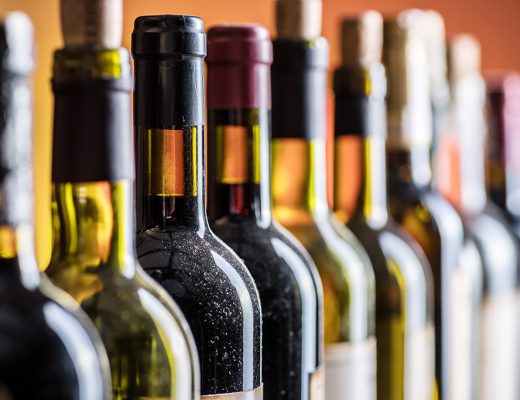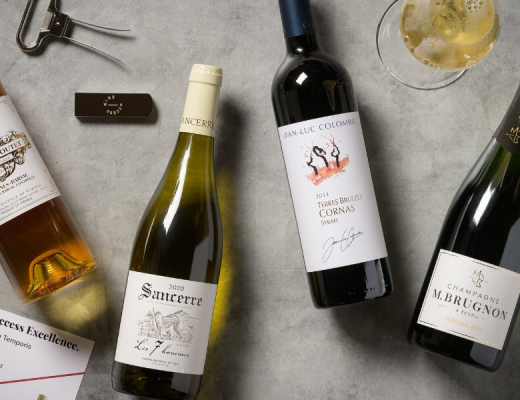We’ve all seen how wine experts spend a seemingly long time swirling their wines; spinning their wrists like low-key plate spinners, or extravagantly gyrating their hands in fairly ridiculous flourishes. But what exactly are they doing, and is it necessary to do this yourself?
The answer, of course, lies somewhere between yes and no. Swirling your wine is an important stage of the tasting process, and should take place between you looking at the wine and sniffing the wine. Do you have to make a big show of it? Obviously not – to do so could even prove to be pretty irritating for those you’re sharing a tasting table with.
There are plenty of different techniques when it comes to swirling wine. Most people keep the base of their wine glass in contact with the table, and make subtle circular movements in order to get the wine spinning in the glass and slightly sloshing up the sides. Others will lift the wine glass into the air, and slightly flick their wrists to achieve the same effect. For most of us more seasoned wine drinkers, this is almost an automatic action – we might not even realize we’re doing it – and it’s probably not worth giving it an enormous amount of thought. Just try – if you can – to avoid being too showy. Not only does it look a bit silly, you’re also in more danger of swooshing your precious vino all down your nice clean shirt.
What Does Swirling Achieve?
The idea behind swirling your wine comes down to the all important oxidation or ‘breathing’ process. Oxygen and wine have a complicated relationship – when wines are poured from the bottle, they tend to be rather ‘tight’ (a wine buff’s term which refers to the tannins still being a little too powerful to allow all the flavors and aromas to be detected). Oxygen – in small quantities – allows the wine to ‘open up’, and for those tannins to begin breaking down. This gives the subtleties of the wine’s flavor and aroma a chance to break free, and as such, you’ll be able to taste and smell a whole lot more when sniffing and drinking. Interestingly, this is the same reason why some wines are aged in oak barrels. While being watertight, oak is just porous enough to allow in tiny quantities of oxygen, which gradually soften and round out the wine, and smooth down its rougher edges.
Too much oxygen, however, and disaster strikes. Leave your wine glass on the table for several hours, or leave it out overnight, and the oxidation process will have gone much too far. The result? Flat, lifeless, dull and even bitter tasting wine.
If you want to practice your swirling technique and ensure you don’t ruin your shirt (or worse, somebody else’s) with over-enthusiastic swishing, use a glass of water in a wine glass. Practice swirling the water for five to ten seconds at a time, and figure out what sort of speed and intensity works for yourself. It shouldn’t be a hard thing to master, and you’ll find your wine drinking experiences all the more fulfilling for it.




